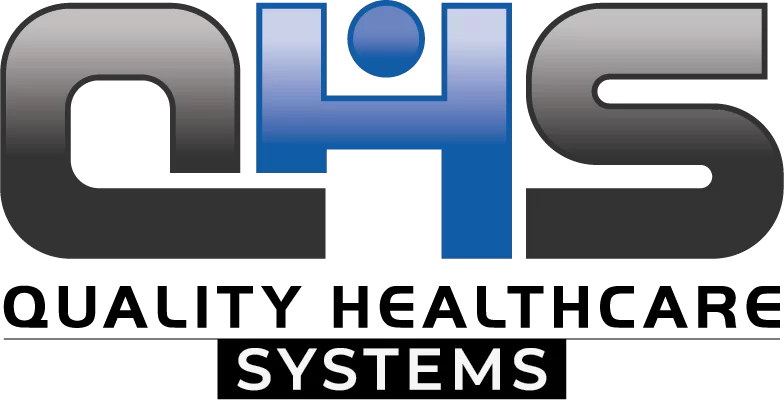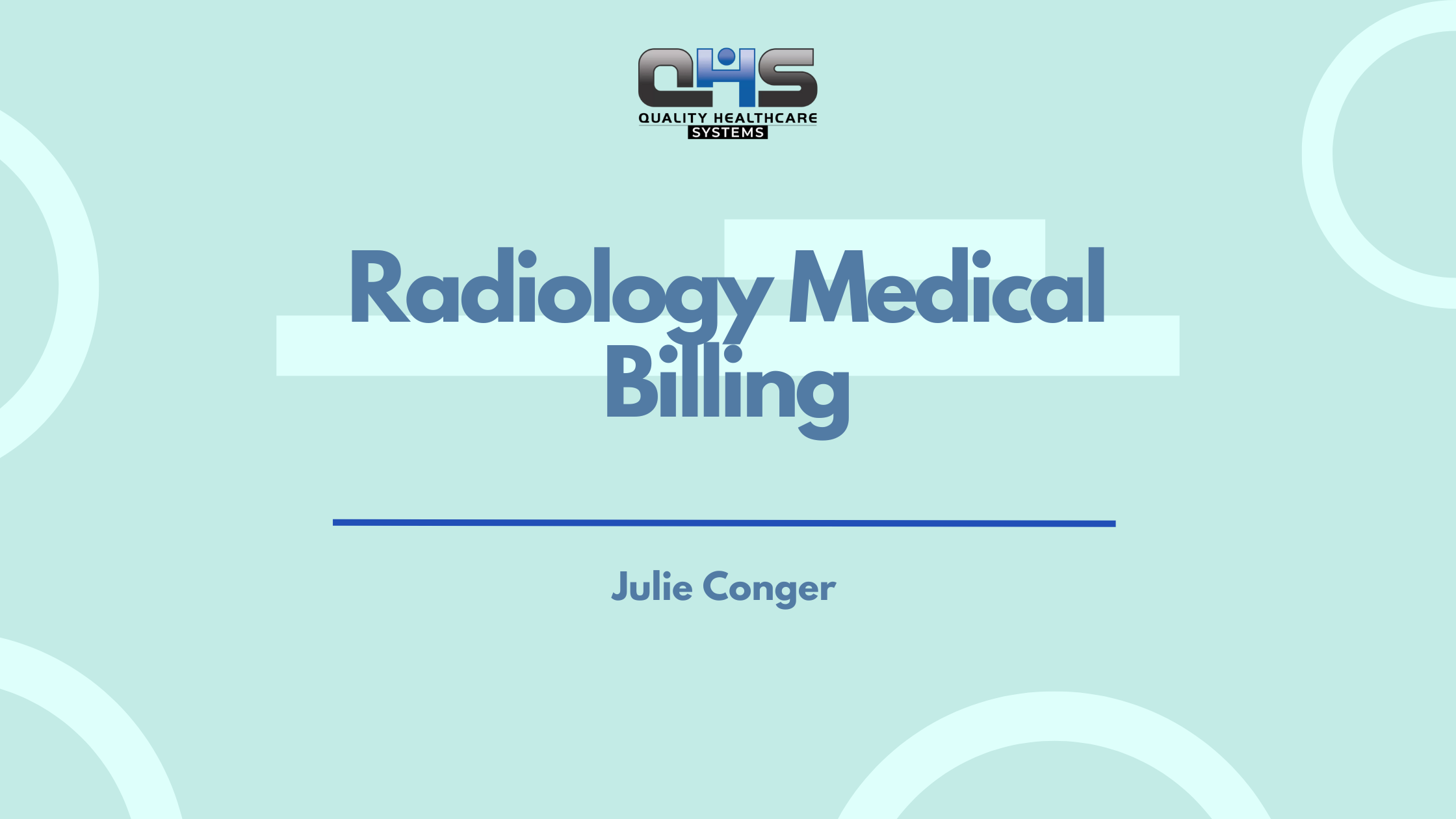Radiology medical billing is more than just paperwork—it’s the backbone of efficient healthcare reimbursement. By accurately translating radiology procedures and diagnoses into CPT and ICD-10-CM codes, healthcare providers ensure smooth claims processing, minimize denials, and maximize revenue. Understanding the complexities of radiology billing is crucial for healthcare facilities to deliver quality patient care without financial setbacks.
What is Radiology Medical Billing?
Radiology medical billing is a specialized process that involves translating radiology services, such as diagnostic imaging and interventional procedures, into standardized codes. These codes, including CPT for procedures and ICD-10-CM for diagnoses, ensure accurate billing and reimbursement from insurance providers. Proper radiology billing requires detailed documentation, accurate code selection, and compliance with healthcare regulations to avoid denials and optimize revenue cycles.
Understanding Radiology Billing Services
Radiology billing services manage the complete billing process, including coding, claims submission, payment posting, and compliance monitoring. These services streamline workflows, reduce errors, and optimize revenue cycles, enabling practices to focus on patient care.
| Radiology Billing Services | Description | Purpose |
|---|---|---|
| Medical Coding | Assigns accurate CPT and ICD-10 codes based on radiology procedures | Ensures correct reimbursements and compliance |
| Claims Submission | Submits clean claims promptly to payers | Reduces delays and denials |
| Payment Posting & Reconciliation | Manages payments, denials, and appeals | Enhances revenue cycle management |
| Compliance Monitoring | Ensures billing practices meet regulatory standards | Minimizes compliance risks |
Read: Orthopedic Medical Billing 101, Cardiology Medical Billing
CPT Codes for Radiology Medical Billing
CPT codes for radiology medical billing are a standardized set of codes used to describe diagnostic imaging and radiology procedures for billing purposes. These codes, maintained by the American Medical Association (AMA), ensure accurate and consistent documentation, reimbursement, and compliance in medical billing.
Here’s a breakdown of common CPT codes for radiology procedures:
1. Diagnostic Radiology (X-Rays)
-
71045-71048: Chest X-ray (single view to four views)
-
72081-72100: Spine and pelvis X-rays
-
73000-73030: Upper extremity X-rays (shoulder, elbow, wrist, hand)
-
73501-73564: Lower extremity X-rays (hip, knee, ankle, foot)
2. Computed Tomography (CT Scans)
-
70450-70498: Head/Brain, Sinus, Facial Bones, Neck
-
71250-71275: Chest CT scans (with or without contrast)
-
72125-72133: Spine CT scans (cervical, thoracic, lumbar)
-
74150-74183: Abdomen and Pelvis CT scans
3. Magnetic Resonance Imaging (MRI)
-
70551-70553: Brain and Neck MRI (without contrast, with contrast, both)
-
71550-71555: Chest MRI
-
72141-72158: Spine MRI (cervical, thoracic, lumbar)
-
73721-73726: Lower Extremity MRI
-
74181-74183: Abdomen MRI
4. Ultrasound (US)
-
76536: Head and Neck Ultrasound
-
76641-76642: Breast Ultrasound (complete and limited)
-
76700-76775: Abdomen and Retroperitoneal Ultrasound
-
76801-76817: Obstetric Ultrasound (pregnancy)
5. Interventional Radiology
-
37220-37235: Vascular procedures
-
75952-75989: Fluoroscopy and guidance procedures
-
76937: Ultrasound guidance for vascular access
6. Nuclear Medicine
-
78012-78816: Thyroid, bone scans, PET scans, and other nuclear imaging
Read: ICD-10 Code for GERD | ICD-10 Code for Chest Discomfort
Key Steps in the Radiology Medical Billing Process
Radiology medical billing is a specialized process that ensures accurate reimbursement for diagnostic imaging services. The complexity of radiology billing requires a detailed approach to manage intricate coding, documentation, and compliance. Here are the essential steps in the radiology billing process:
- Patient Registration and Insurance Verification
- Gather complete patient information, including demographics, insurance details, and referring physician information.
- Verify insurance eligibility and benefits, focusing on radiology services covered, copays, deductibles, and authorization requirements.
- Obtain prior authorization or pre-certification for advanced imaging procedures (e.g., MRI, CT scans) to avoid denials.
- Coding and Documentation
- Assign accurate CPT, HCPCS, and ICD-10 codes based on the imaging performed and the clinical indication.
- Ensure precise coding for procedures like X-rays, ultrasounds, MRIs, CT scans, PET scans, and interventional radiology.
- Validate coding against medical necessity and payer guidelines to reduce rejections.
- Charge Entry and Claims Submission
- Enter charges with accurate procedure and diagnosis codes, including modifiers (e.g., TC for technical component, 26 for professional component).
- Submit electronic claims via EDI or paper claims when required by payers.
- Perform quality checks on claims to prevent errors and rejections.
- Claims Management and Denial Handling
- Monitor claims status through clearinghouses and payer portals.
- Address denials swiftly by identifying the cause, correcting errors, and submitting appeals when necessary.
- Implement denial prevention strategies by tracking common denial reasons.
- Payment Posting and Reconciliation
- Post payments from payers, patients, and secondary insurances accurately.
- Reconcile payments against Explanation of Benefits (EOBs) and Electronic Remittance Advice (ERAs).
- Identify and manage underpayments and overpayments.
- Patient Billing and Collections
- Generate patient statements for balances after insurance payments.
- Establish a patient-friendly payment plan if needed.
- Implement follow-up procedures for outstanding balances, including payment reminders and collections.
- Reporting and Compliance
- Generate detailed reports on accounts receivable, denials, and reimbursement trends.
- Maintain compliance with HIPAA, CMS, and payer-specific regulations.
- Conduct regular audits to ensure billing accuracy and regulatory compliance.
ICD-10-CM codes for Radiology Medical Billing
These codes describe diagnoses and conditions often associated with radiology procedures:
| ICD-10-CM Code | Description |
|---|---|
| R07.9 | Chest pain, unspecified |
| M54.5 | Low back pain |
| R51.9 | Headache, unspecified |
| M25.511 | Pain in right shoulder |
| M25.512 | Pain in left shoulder |
| M17.11 | Unilateral primary osteoarthritis, right knee |
| M17.12 | Unilateral primary osteoarthritis, left knee |
| R10.9 | Abdominal pain, unspecified |
| M54.2 | Cervicalgia (neck pain) |
| R13.10 | Dysphagia, unspecified |
| R55 | Syncope and collapse |
| R42 | Dizziness and giddiness |
| S06.0X0A | Concussion without loss of consciousness, initial encounter |
| S13.4XXA | Sprain of ligaments of cervical spine, initial encounter |
| S39.012A | Strain of muscle, fascia, and tendon of lower back, initial encounter |
| R68.84 | Jaw pain |
| R19.7 | Diarrhea, unspecified |
| R93.0 | Abnormal findings on diagnostic imaging of skull and head |
| R93.3 | Abnormal findings on diagnostic imaging of other parts of the abdomen |
| R93.5 | Abnormal findings on diagnostic imaging of spine |
These ICD-10 codes are used to justify radiology procedures by documenting the patient’s condition. Properly linking the correct ICD-10 code to the appropriate CPT code ensures accurate billing and reimbursement.
1. Neurology (Head, Brain, and Spine Imaging)
| ICD-10-CM Code | Description |
|---|---|
| G43.909 | Migraine, unspecified, not intractable, without status migrainosus |
| R51.0 | Headache with orthostatic component |
| G44.209 | Tension-type headache, unspecified, not intractable |
| M54.2 | Cervicalgia (neck pain) |
| G35 | Multiple sclerosis |
| G40.909 | Epilepsy, unspecified, not intractable, without status epilepticus |
| R55 | Syncope and collapse |
| R42 | Dizziness and giddiness |
| M48.02 | Spinal stenosis, cervical region |
2. Musculoskeletal (Bone, Joint, and Soft Tissue Imaging)
| ICD-10-CM Code | Description |
|---|---|
| M25.511 | Pain in right shoulder |
| M25.512 | Pain in left shoulder |
| M17.11 | Unilateral primary osteoarthritis, right knee |
| M17.12 | Unilateral primary osteoarthritis, left knee |
| S43.401A | Sprain of unspecified shoulder joint, initial encounter |
| S93.401A | Sprain of unspecified ankle, initial encounter |
| M79.601 | Pain in right arm |
| M79.602 | Pain in left arm |
| M54.5 | Low back pain |
| M79.641 | Pain in right hand |
| M79.642 | Pain in left hand |
3. Cardiovascular and Thoracic (Chest and Vascular Imaging)
| ICD-10-CM Code | Description |
|---|---|
| I20.9 | Angina pectoris, unspecified |
| I25.10 | Atherosclerotic heart disease of native coronary artery without angina |
| I21.3 | ST elevation myocardial infarction (STEMI) of unspecified site |
| I48.91 | Unspecified atrial fibrillation |
| I70.219 | Atherosclerosis of native arteries of extremities with intermittent claudication, unspecified extremity |
| I50.9 | Heart failure, unspecified |
| R07.9 | Chest pain, unspecified |
| R09.89 | Other specified symptoms involving circulatory and respiratory systems |
| R06.02 | Shortness of breath |
4. Gastrointestinal and Abdominal Imaging
| ICD-10-CM Code | Description |
|---|---|
| R10.9 | Abdominal pain, unspecified |
| K80.20 | Calculus of gallbladder without cholecystitis without obstruction |
| K35.80 | Unspecified acute appendicitis |
| K56.41 | Fecal impaction |
| R93.3 | Abnormal findings on diagnostic imaging of other parts of abdomen |
| R19.7 | Diarrhea, unspecified |
| R93.5 | Abnormal findings on diagnostic imaging of digestive tract |
| K50.90 | Crohn’s disease, unspecified, without complications |
5. Women’s Health (OB/GYN Imaging)
| ICD-10-CM Code | Description |
|---|---|
| O09.00 | Supervision of pregnancy with history of infertility, first trimester |
| O34.219 | Maternal care for scar from previous cesarean delivery, unspecified trimester |
| N80.0 | Endometriosis of uterus |
| N87.0 | Mild cervical dysplasia |
| O36.70X0 | Maternal care for viable fetus in utero, unspecified trimester |
| R92.0 | Mammographic microcalcification found on diagnostic imaging of breast |
| N63 | Unspecified lump in breast |
6. Injury and Trauma Imaging
| ICD-10-CM Code | Description |
|---|---|
| S06.0X0A | Concussion without loss of consciousness, initial encounter |
| S13.4XXA | Sprain of ligaments of cervical spine, initial encounter |
| S39.012A | Strain of muscle, fascia, and tendon of lower back, initial encounter |
| S82.401A | Unspecified fracture of lower leg, initial encounter for closed fracture |
| S93.401A | Sprain of unspecified ankle, initial encounter |
| S43.401A | Sprain of unspecified shoulder joint, initial encounter |
Accurate coding with ICD-10-CM is crucial to ensure compliance and proper reimbursement. For radiology billing, linking the right ICD-10 code to a CPT procedure code justifies the medical necessity of the service.
Common Radiology Billing Challenges
Radiology billing faces unique challenges due to complex coding, evolving regulations, and payer-specific guidelines. Overcoming these challenges is essential for efficient billing and financial stability.
| Challenge | Impact on Billing | Solution |
| Complex Coding Requirements | Increased errors, compliance issues, and denied claims | Ongoing training and expert support |
| Documentation Gaps and Errors | Claim rejections, revenue loss, and rework | Implement comprehensive documentation protocols |
| Regulatory Compliance | Fines, penalties, and lost reimbursements | Stay current with regulations and coding updates |
| High Claim Denial Rates | Reduced cash flow and increased administrative costs | Implement denial management and pre-billing audits |
Best Practices for Accurate Radiology Billing
Adopting best practices in radiology billing helps reduce errors, improve efficiency, and increase revenue. Consider the following strategies:
- Ensure accurate documentation and coding by trained professionals.
- Leverage billing software to automate processes and reduce errors.
- Conduct regular audits and compliance checks.
- Partner with expert radiology billing services for specialized support.
| Best Practice | Benefit |
| Accurate Documentation and Coding | Minimizes claim rejections and ensures compliance |
| Automation and Billing Software | Boosts efficiency and reduces manual errors |
| Regular Audits and Compliance Checks | Ensures accurate billing and adherence to regulations |
| Specialized Billing Services | Provides expertise and maximizes collections |
How Radiology Billing Services Improve Revenue Cycle Management
Outsourcing radiology billing to experts ensures efficiency, reduces errors, and accelerates payments. These services optimize revenue cycles, enabling practices to focus on patient care.
| Benefit | Impact on Revenue Cycle | How It Helps |
| Reduced Denials and Rejections | Faster payments and fewer claim rejections | Accurate submissions and denial management |
| Improved Coding and Compliance | Minimizes errors and compliance risks | Expert coding ensures accuracy |
| Cost Savings and Efficiency | Eliminates overhead costs | Practices focus on core services |
| Enhanced Cash Flow and Profitability | Steady revenue and efficient billing processes | Professional billing services maximize collections |
Conclusion
Effective radiology billing is vital for financial stability, accurate reimbursements, and regulatory compliance. By partnering with a trusted radiology billing service like QHS, practices can optimize billing, reduce errors, and boost revenue. Contact QHS today for reliable and efficient radiology billing solutions.






